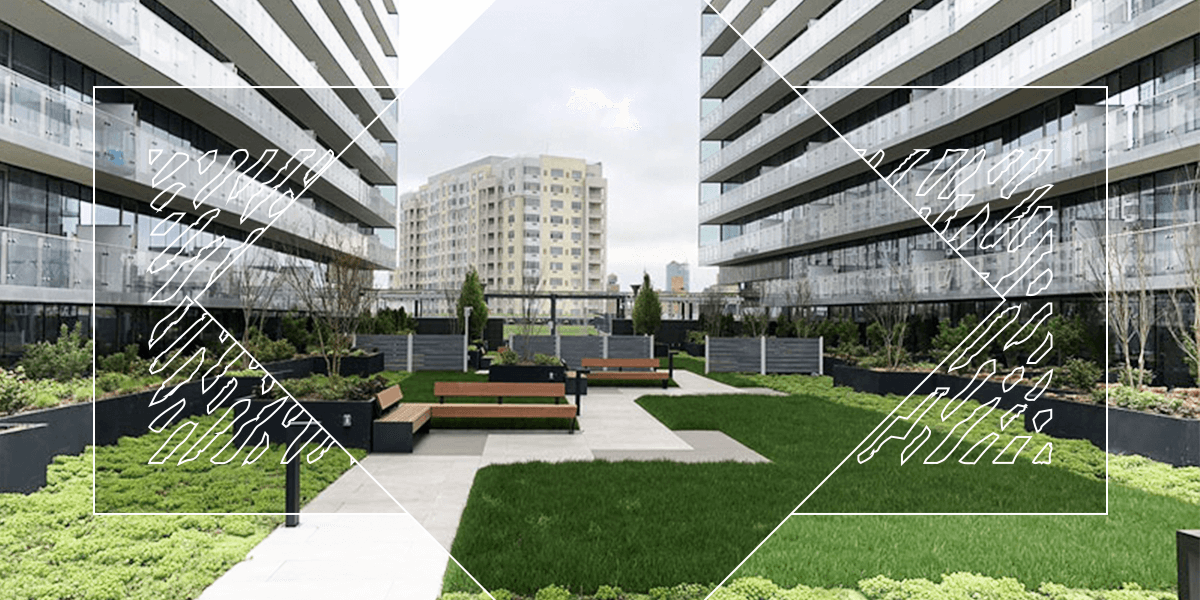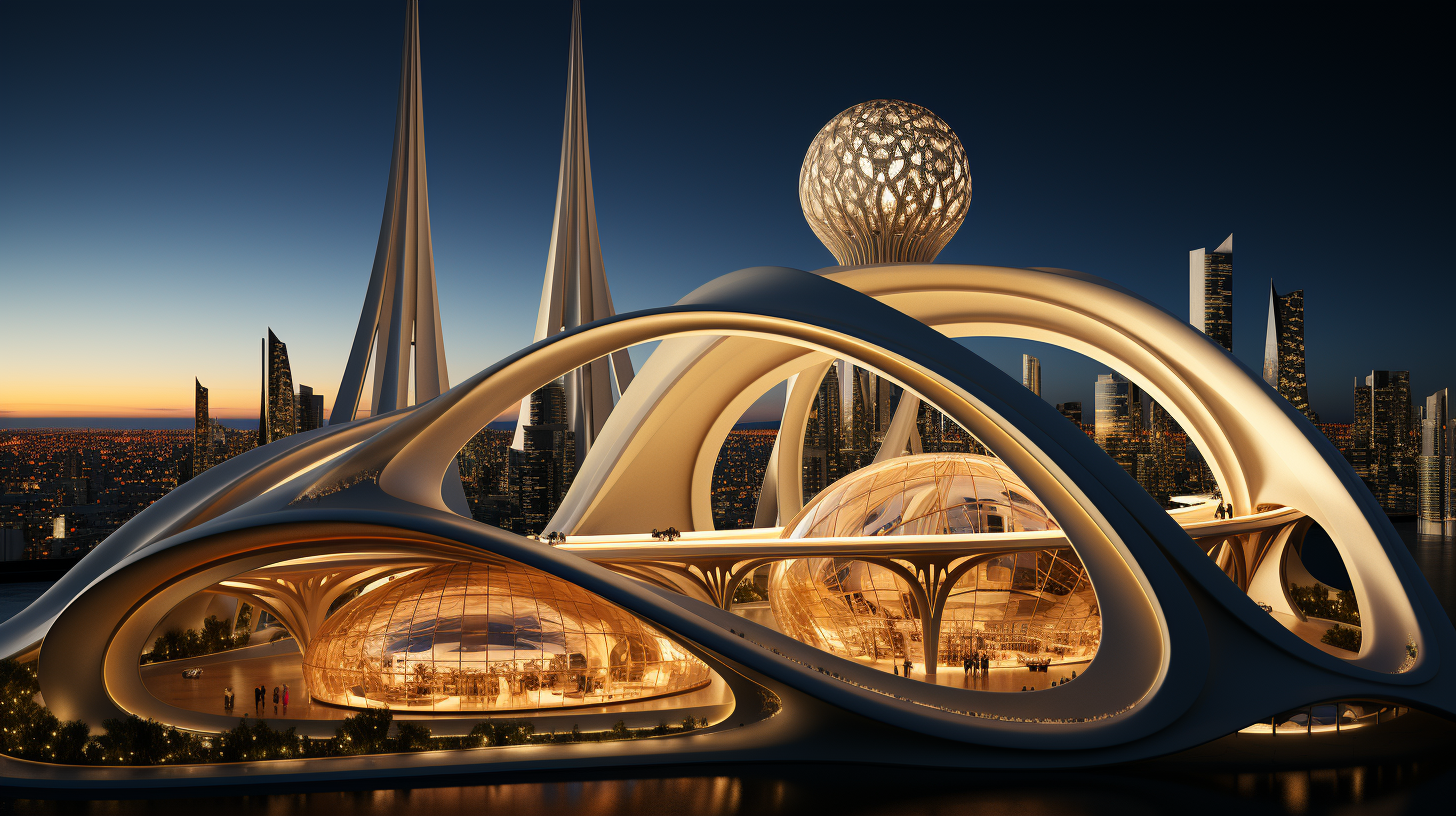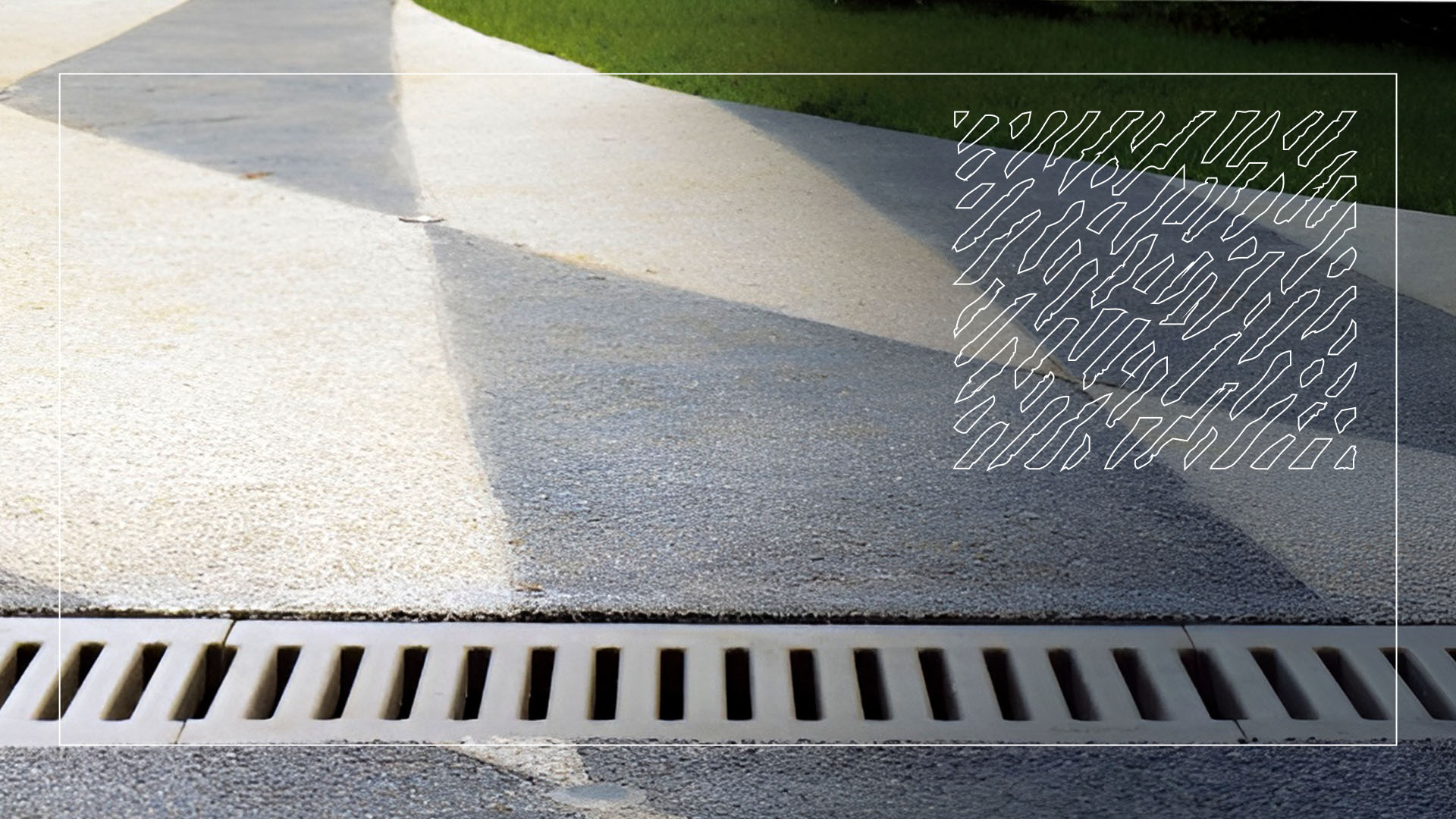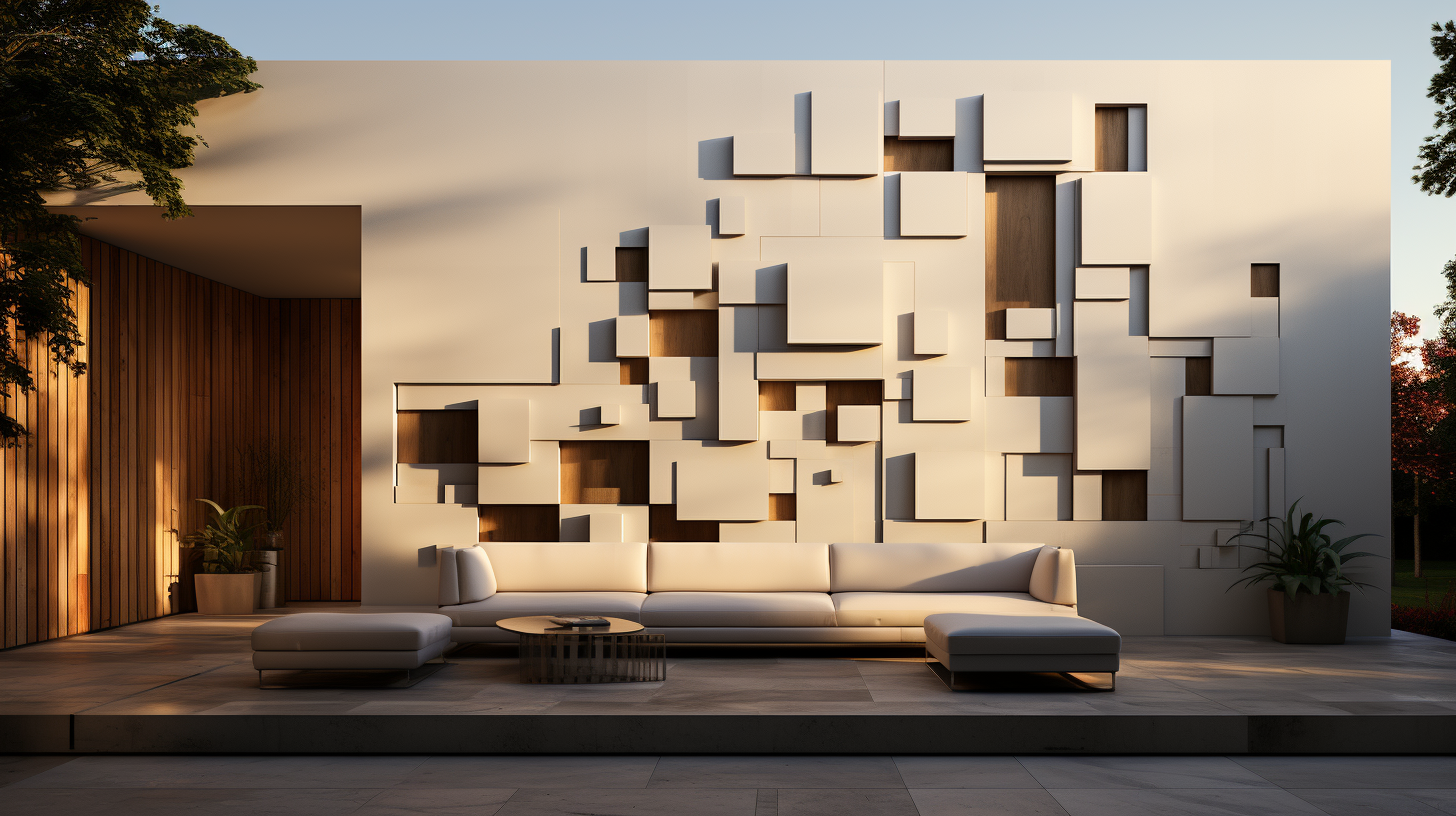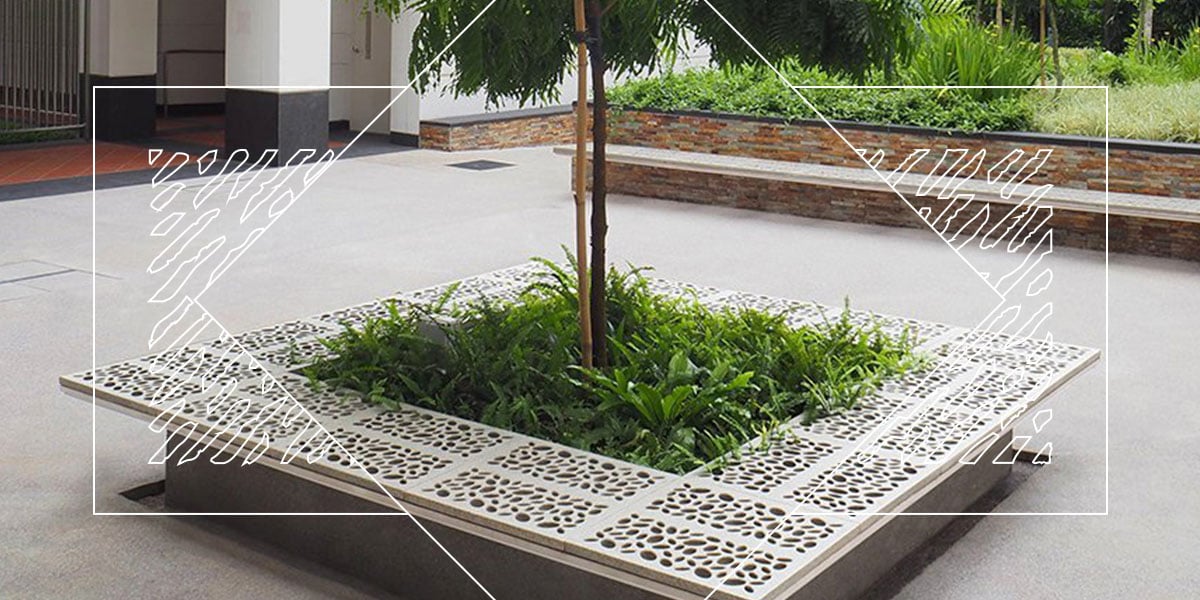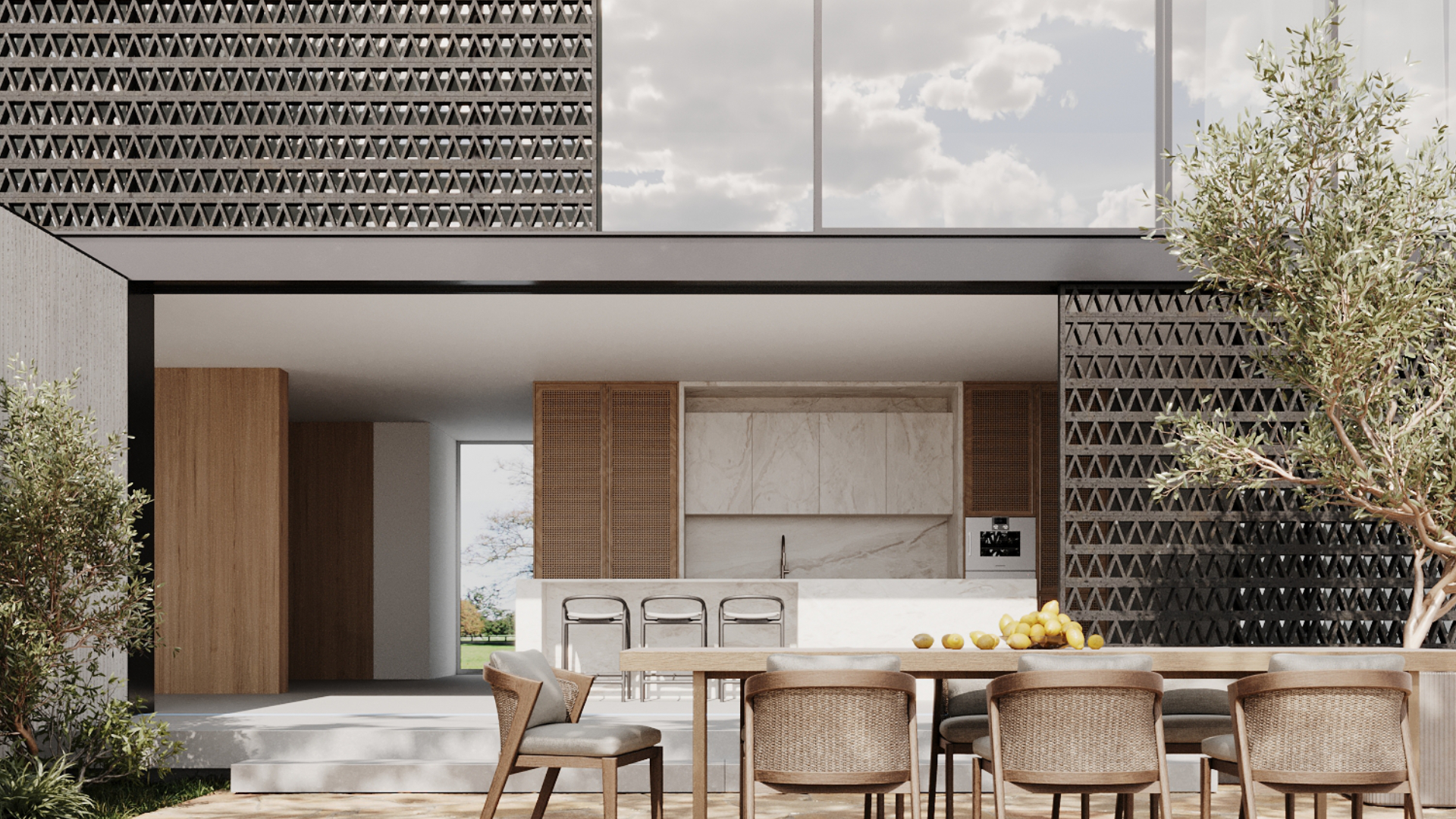Landscape architects play an essential role in creating design interventions to ensure environmental sustainability. As we’ve explained in our other post on architectural trends that are here to stay (link), sustainability and climate adaptation strategies have not only been increasingly in the focus, but is here to stay.
Sustainable architecture aims to incorporate elements of green design into various parts of the building. The main goal is to strike a beautiful harmony between green life and architecture to preserve nature and improve the quality of living. Green buildings are designed in a way to be built in a way that reduces harmful impact on the environment.
What is environmentally sustainable design?
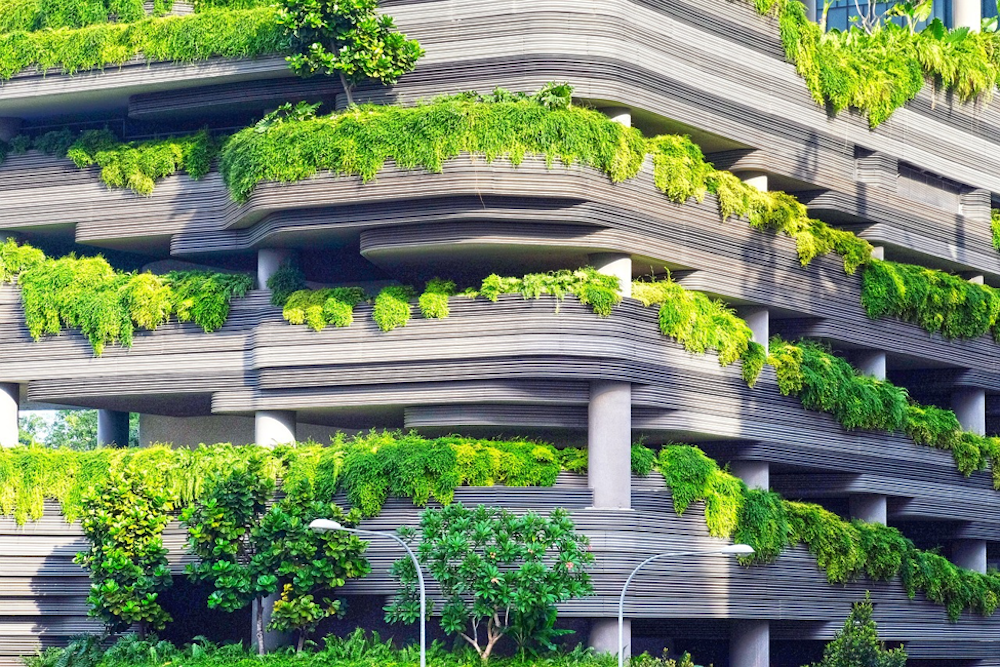
Environmentally sustainable design (or environmentally-conscious design, eco-design) is the philosophy of designing physical objects, the built environment and services to comply with the principles of ecological sustainability. Its core idea is to eliminate wastefulness and minimise environmental impact through architecture design.
There are some common principles in sustainable design that most designers take into consideration when scoping out their design projects. They include the following:
- Choosing low-impact materials: These come in the form of choosing products that have high recycled content incorporated in the manufacturing process. Also, designers may choose materials that are locally sourced to reduce the carbon footprint of transporting materials to the project site.
- Choosing energy-efficient materials: Designers may also take the time to understand the material’s basic manufacturing processes and make their choice based on the energy involved in producing their selected materials.
- Choosing materials designed for longevity or long-term recycling/reusing: By understanding the requirements and surroundings of the design, landscape architects can choose durable materials that require minimal intervention and maintenance. The other school of thought is to choose products that can be reused or recycled, because design sensibilities or environments may inform the need for an update in the overall design as the years pass.
- Increase reliance on sustainable design standards: Multiple international and local organisations have established themselves in sustainable design standards. An example of an international organisation is the UK-based LEEDS certification programme, which employs a stringent standard in rating products on points contributing to sustainability. By referring to these organisations’ directories, or asking for the manufacturers’ sustainable design certifications, architects can cut down on time spent locating the material’s sustainability measures.
However, that’s not to say that environmentally sustainable design is boring and lacks inspiration. Countless material designers have striven towards creating products that are both aesthetically pleasing and highly sustainable, while suited for a variety of creative applications. Here at Jonite, our range of reinforced stone grates and panels incorporate at least 30% of recycled content and the R&D team continues working to increase the proportion of recycled content in all our products. We saw the beauty of stone, and wanted to create something that is beautiful, highly functional and can be used in a myriad of applications (Link to projects page).
What makes architectural products green?
A Green product has at least one of the following characteristics:
- Highly durable
- Can incorporate different technologies such as capturing CO2
- Incorporate reusable or recycled materials in their manufacturing processes
- Natural (such as soil, adobe, wood, cork, bamboo, straw, sawdust)
- Encourage good thermal performance in the form of better insulation
- Energy-efficient
- Water-efficient
- Cost-saving in terms of general construction costs
Examples of common sustainable architecture materials
Materials like these are the mainstay of the most ecological builds and their use helps towards obtaining certification such as LEED.
- Timber: Wood usually requires much less energy-intensive production methods to process into construction materials, and is a renewable resource if chosen from carefully managed forestries. Wood can be used for patio decks, structures of homes, gazebos, wooden claddings in the house.
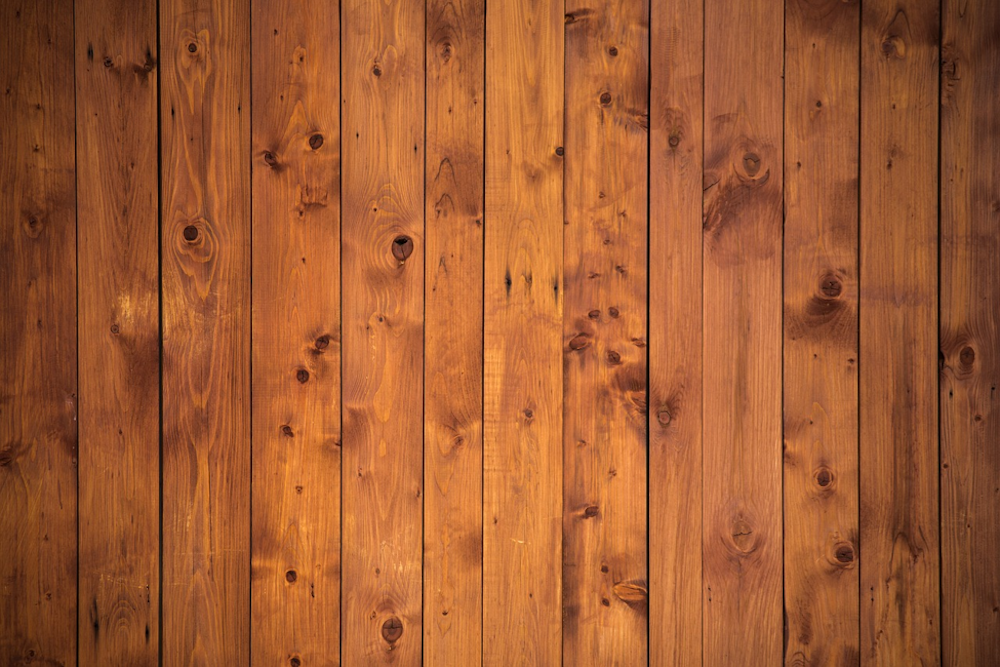
- Reinforced stone composites: Jonite’s reinforced stone panels and grates are good examples, as all of Jonite’s products incorporate at least 30% recycled materials. Naturally occurring stones are used in the resulting reconstituted stone. Because of its beauty and tensile strength, Jonite’s stone grates can be used in a variety of applications such as stone furniture, channel and sump grates and more.
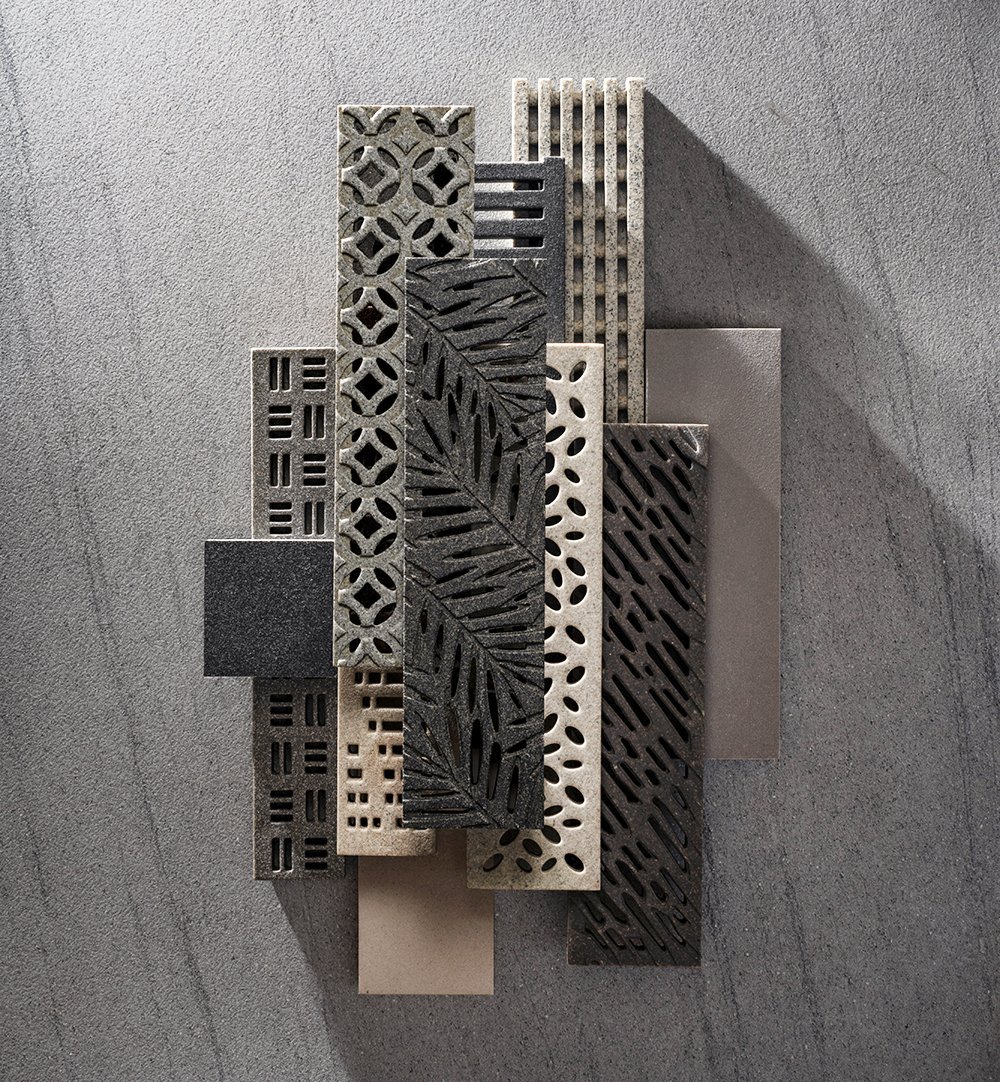
- Recycled plastics: Rather than milling for new components, scientists have innovated concrete that includes ground up recycled plastics and trash. This reduces greenhouse gas emissions, reduces weight and subsequent energy used in transportation and frees up space in fast-filling landfills.
- Bamboo: One of the fastest growing renewable resources that is readily available in some parts of the world, bamboo is sturdy and light. It is fast becoming an alternative to concrete and rebar construction, particularly in difficult to reach areas.
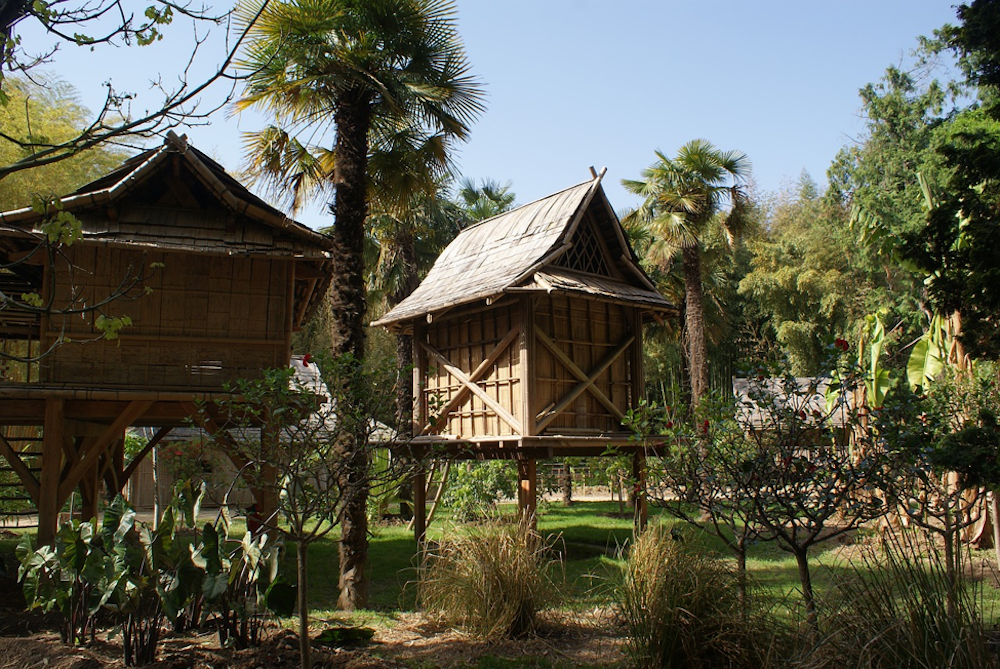
- Rammed earth: This age-old construction technique is given a new lease of life given the resurgence of sustainable building. Modern day machinery can be used to tamp down dirt tightly into wooden forms and reinforced with bamboo to create walls that are very similar to concrete.
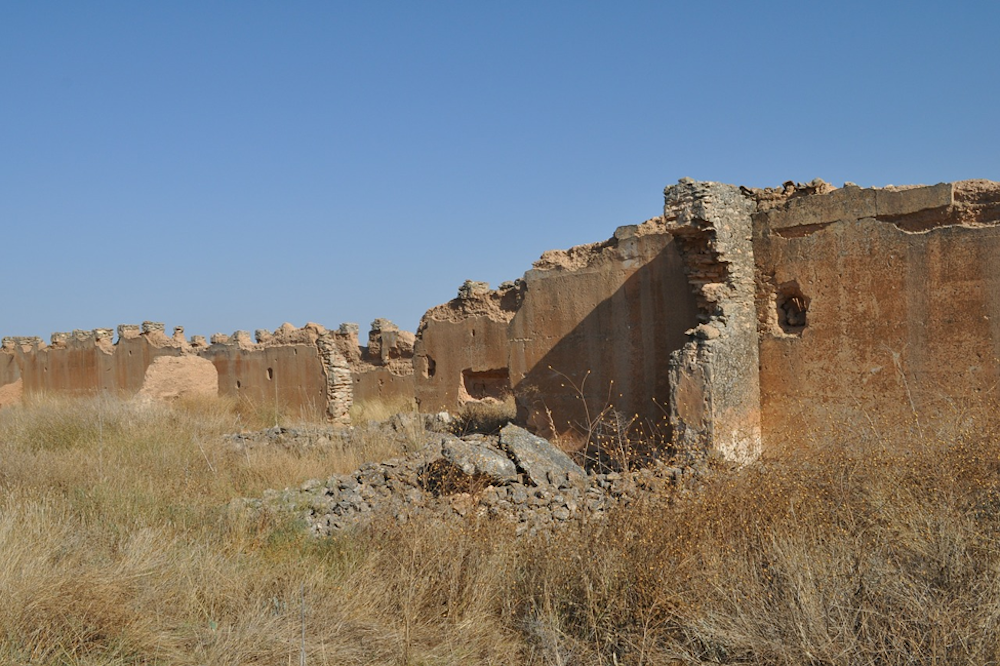
- Various types of green alternatives to concrete: Such as TimberCrete, AshCrete, Ferrock and HempCrete. All of these new-age materials use wood, by-products of coal burning, steel dust and naturally-occurring hemp to create concrete-like materials suitable for building.
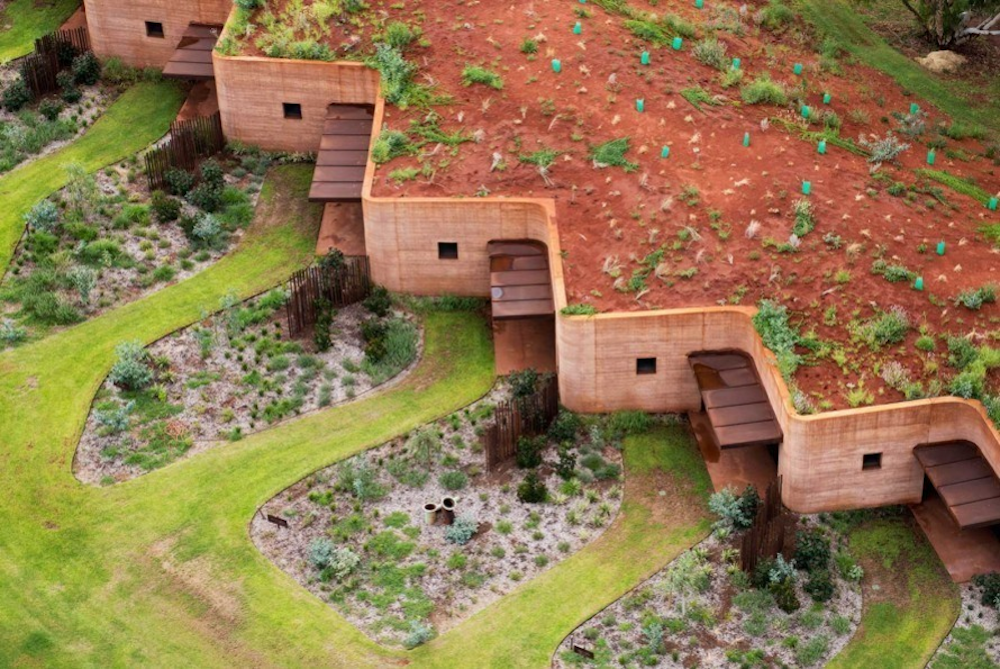
How to source for sustainable architecture products?
With so many suppliers and various products out there, it can get quite confusing for architects to decide which material to choose, especially when most are juggling several projects at the same time. Fortunately there are several widely-used directories that certify and list sustainable products based on a set of stringent standards. Each of the following certifying organisations also have a directory listing products that reach its standards, as well as the respective ratings.
What are some examples of environmentally sustainable design in architecture?
Outstanding environmentally sustainable design often incorporates several if not all green practices while being aesthetically pleasing, inspiring to human nature and having a transformational effect on the space. They utilise several innovative architectural products with sustainability in mind. Here are some of our favourites.
Bank of America Tower (USA)
This 55-storey architecture marvel has its own power generation plant that produces 4.6 megawatts of clean energy. It also uses waterless urinals and low-flow toilets in its bathrooms, LED lighting and CO2 monitors. The tower received a platinum LEED rating and its modern façade has become an icon of the skyline in Manhattan.
Some of the sustainable products used: water-saving devices, LED lighting, self-sufficient power generation
The Crystal (UK)
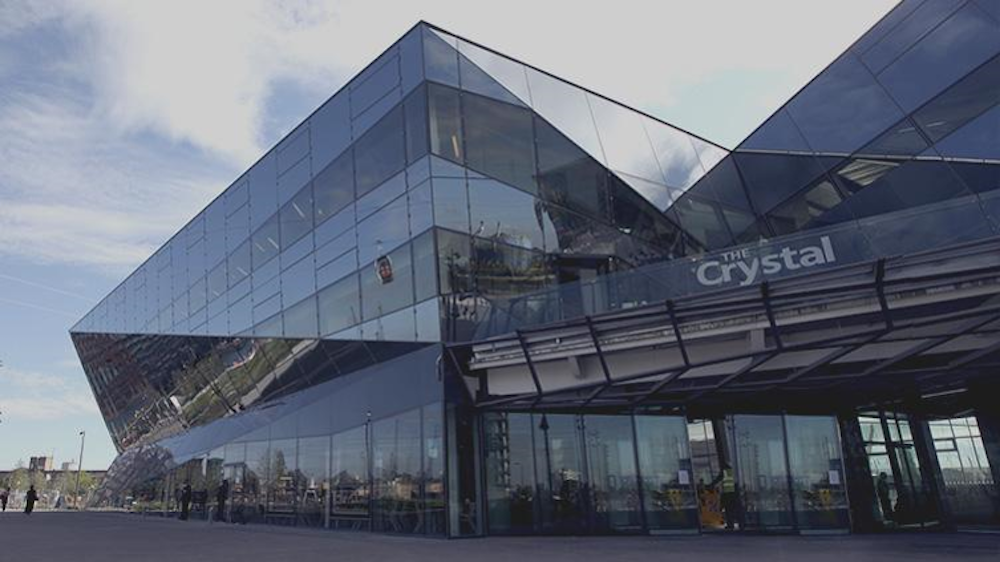
This behemoth is the world’s most sustainable event venue, with 90% water-sufficiency, solar and thermal roof panels and a high performance “insulation glazing”. It holds the LEED Platinum and the BREAM Outstanding Sustainability certifications.
Some of the sustainable products used: Solar and thermal roof panels, insulation to improve energy efficiency
The Change Initiative (Dubai)
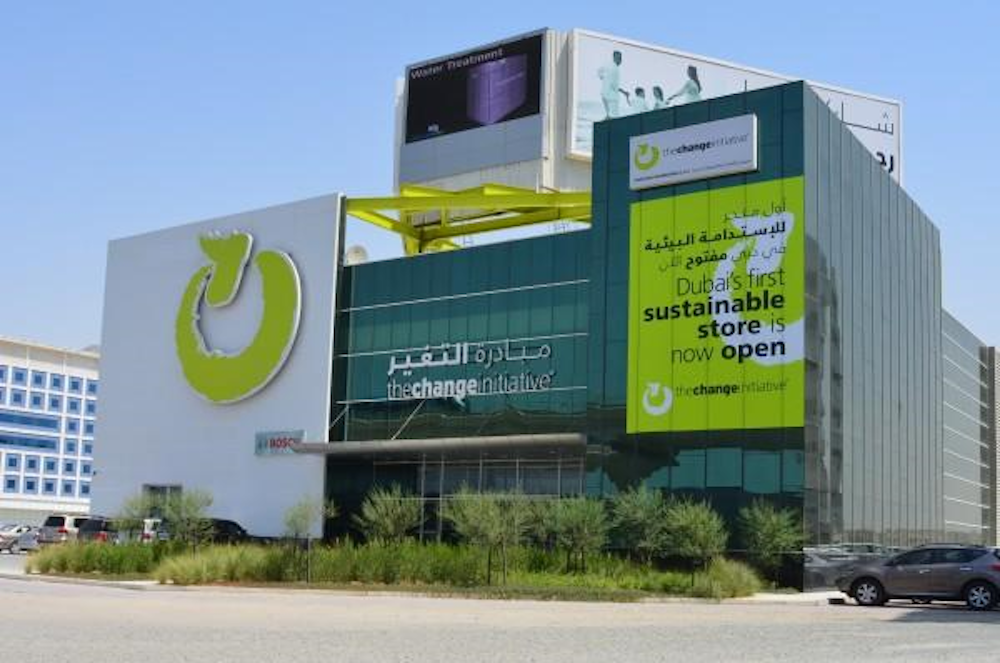
When Dubai unveiled this groundbreaking commercial building in 2013, the Change Initiative was awarded 107 points out of 110 points, making it the most sustainable building in the world. Unfortunately, due to a retail downturn, the retail arm has closed down and the building has been restructured to focus on distribution of eco-products.
Some of the sustainable products used: Water filtration system which uses a vacuum membrane, solar panels, reused existing wood flooring to create wall panels, skylight tubes used to disperse sunlight into the building without the need for too many artificial lightings.
Shanghai Tower (China)
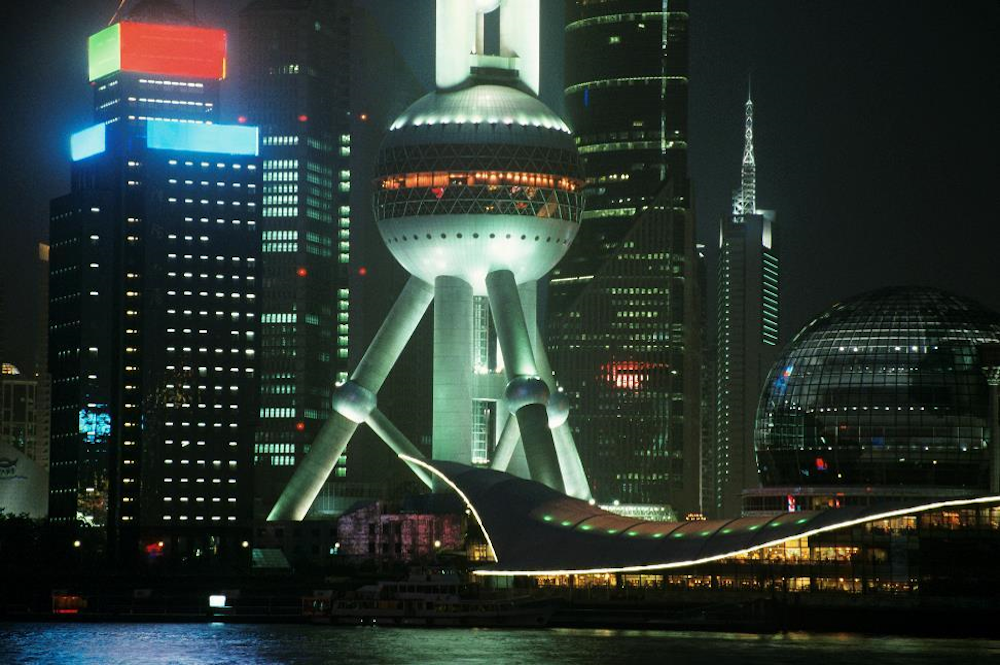
The Shanghai Tower, which is the second tallest building in the world, was curved to optimise wind load. Other architectural elements include a double skin façade for additional insulation to keep the building energy-efficient. It was then crowned with sky gardens, wind turbines, rainwater harvesting and blackwater treatment functionalities, making it Shell platinum and LEED Core certified.
Some of the sustainable products used: Technologies to deploy grey and storm water, variable air volume air conditioning and brightness sensors. Vertical mounted wind turbines for additional electricity generation.
Khoo Teck Puat Hospital (Singapore)
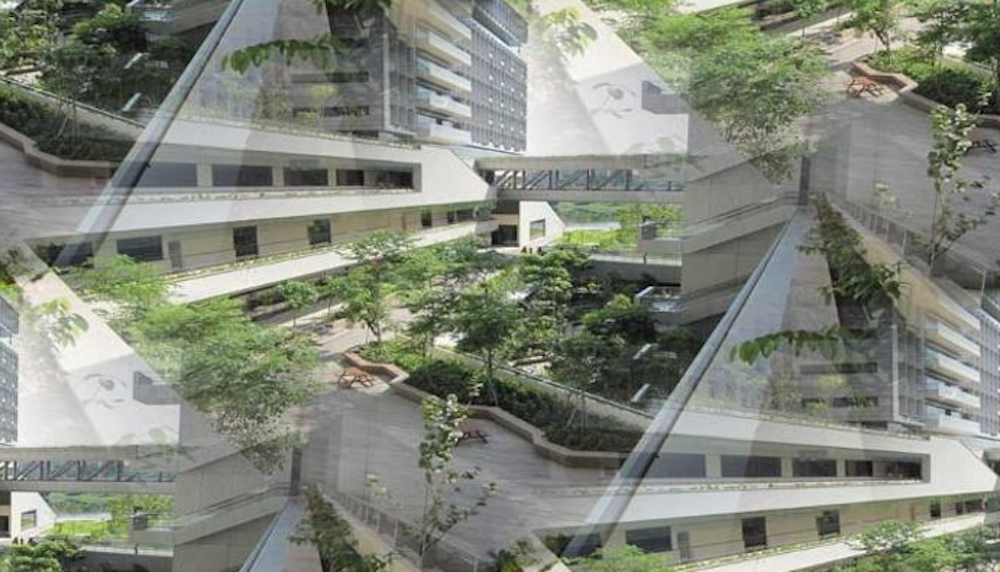
One of the newest hospitals in Singapore, Khoo Teck Puat Hospital exemplifies the belief that a green and peaceful environment is beneficial to the healing progress of its patients. The complex utilises a solar water-heating system and enables natural wind to move throughout the compound, thereby lowering energy consumption by more than 27% compared to a conventional hospital.
Some of the sustainable products used: Solar water-heating system to reduce energy consumption, roof gardens through the complex, aerial plants used in privacy feature walls of outdoor bathrooms that utilise a drip-system filtering. Terraced walkways that improve ventilation and reduced the reliance on air conditioning.
What is long lasting landscape architecture design?
A common design goal for architects have been to specify materials that are highly durable and lasting throughout the ages. However, the sustainable design school of thought challenges architects to choose materials based on targeted durability instead of immortality. The reason for this change in ideology stems largely from two reasons: immortality as a target often results in less efficient overdesign, and products that last well beyond their useful life often cause environmental issues.
This is something architects should discuss with their engineer counterparts in the project, to ensure that money and energy is not wasted in the pursuit of overly-long lasting products. Many materials manufacturers may also be able to help architects understand the longevity of their products. For example, here at Jonite, our experienced team of R&D experts are able to discuss these details to create custom products ideally suited for their uses.
Concluding Remarks: How to Look for Environmentally Sustainable and Durable Products
Sustainable design standards and project design guides are also increasingly available and are vigorously being developed by a wide array of private organisations and individuals. There is also a large body of new methods emerging from the rapid development of what has become known as 'sustainability science' promoted by a wide variety of educational and governmental institutions. Some architects have also sworn by industry trade shows, an annual trip to learn about the newest sustainable technologies of the year.




